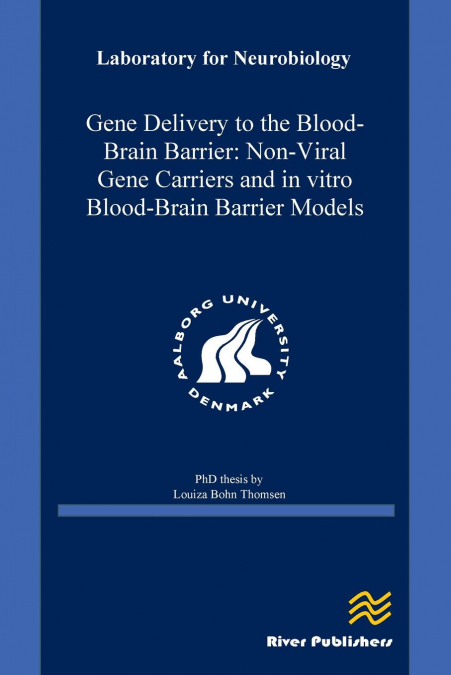
Louiza Bohn Thomsen
Drug- and gene delivery to the brain is highly restricted by the vascular barriers ofthe brain, denoted by the blood-brain barrier (BBB) and the blood-cerebrospinalfluid (CSF) barriers. Among these barriers, BBB is the main limiting factor. It iscomposed by the brain capillary endothelial cells (BCECs). The BCECs barrierfunction is supported by astrocytes, pericytes and neurons to form the blood-brainbarrier. BCECs are very tightly connected to each other by tight junctions. Apartfrom the essential substrates needed to nourish the brain, small and/or lipophilicmolecules are free to diffuse into the brain. However most pharmacologicallyactive drugs and gene fragments are too large to enter the brain. Various kinds ofdrug-carriers have been constructed for delivery of large substances to the brain.Such drug-carriers have to be able to successfully carry their cargo through theBCECs and into the brain. For testing the ability of drug-carriers to deliver theircargo into the brain, investigators have constructed different in vitro BBB models,consisting of BCECs that express the main characteristics of the BBB in vivo.In the first part of the thesis the ability of two drug-carriers, pullulanspermineand SPIOs, to mediate transfection of BCECs or transcellular transportthrough BCECs in vitro was studied. 3